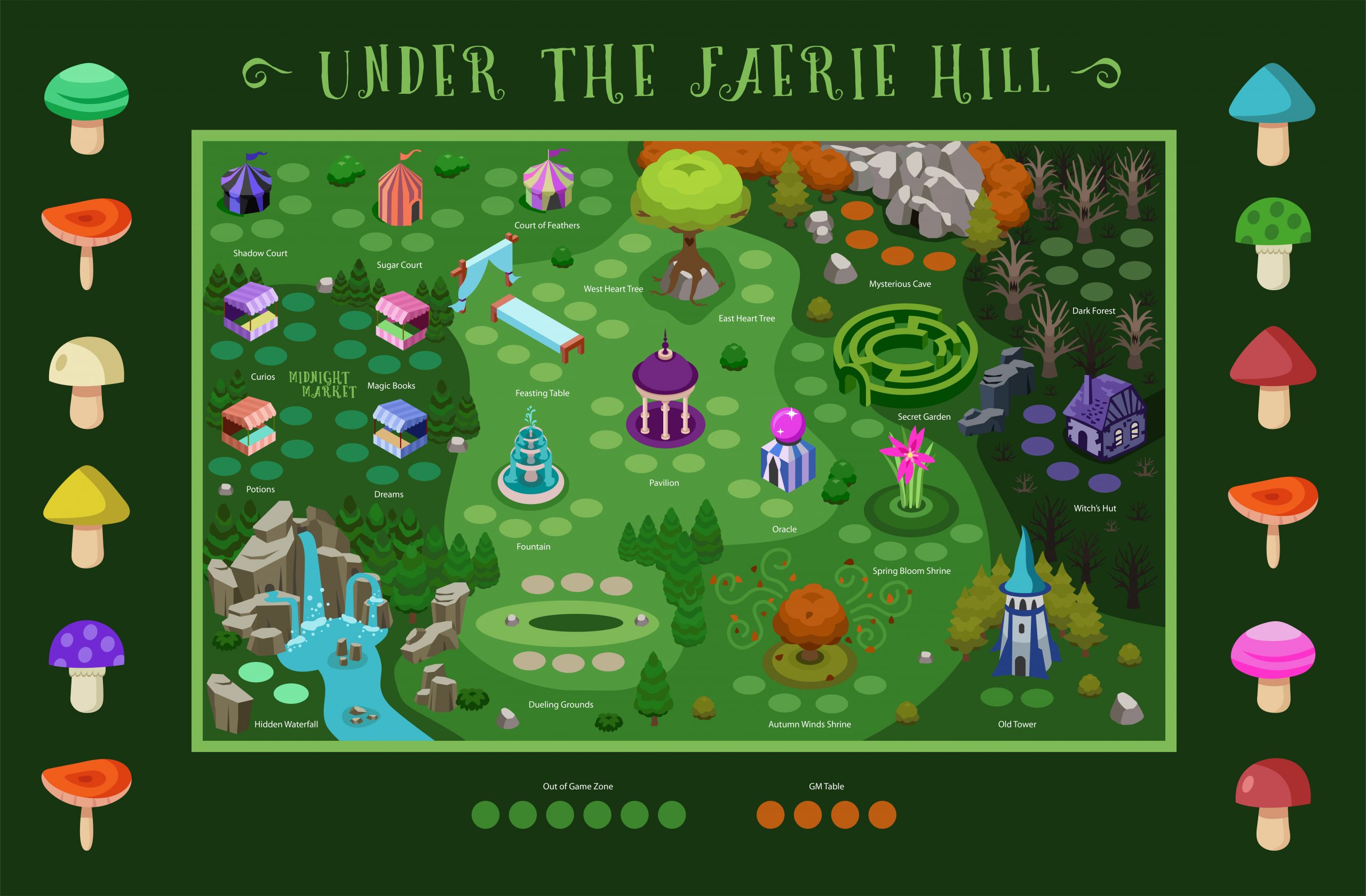Category: Techniques
-

Navigating Online Larp
in
There’s a lot to think about as we adapt how we design and play larps to our current constraints, but with luck the community as a whole can see that as exciting rather than offputting.
-

Writing Live Action Online Games
in
Online larps require different communication tools and design strategies to allow players and facilitators to effectively communicate. But if we use design and technology carefully our online games can bring together people from across the world and explore all sorts of exciting stories and experiences just as well as physical larps do.
-

Sleeping Areas, Off-Game Areas, and the Black/White Ribbon Metatechnique
in
The black/white ribbon metatechnique, as used at Libertines (2020), to signal if you want play in your sleeping area or not.
-

Characterization in a Hurry: From Laban to Larp
in
The Laban efforts are a method of describing movement used by dancers and actors. They can also be used in larping to create a distinct character quickly.
-

Writing an Autobiographical Game
in
Designing an experience that explores autobiographical themes through metaphor while also incorporating characters based on real people.
-

10 Pieces of Advice for an Autism Friendly Larp
in
There are many things you can do to make sure that your larp is more inclusive of autistic people. This article offers several pieces of advice.
-

Your Alternate Relation Narrative (YARN)
in
Creating relations between characters is essential to larp. The YARN technique helps you create playable relationships between characters.
-

How to Take Care of Your Organizer
in
This article offers ways that players can take care of their organizers to help people avoid burning out and becoming discouraged from running larps again.
-

Larp Tools: Pronoun Markers and Correction Mechanics
in
In role-play, players and their characters do not always use the same pronouns. Some players use role-play to explore personal questions of gender identity, using the alibi of the character to give them a chance to try on a new identity and experience being known, seen, and referred to as that gender. Others are simply
